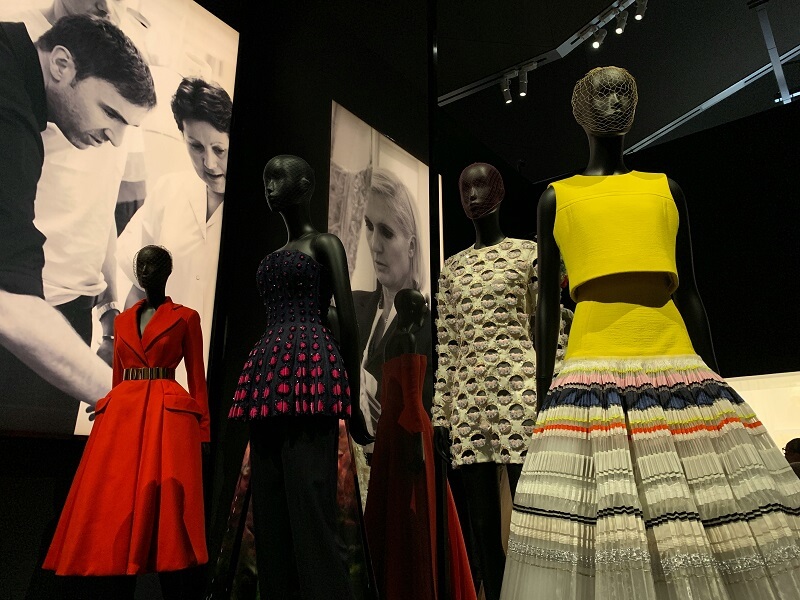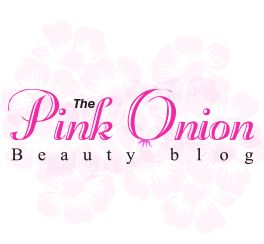Layered necklaces have become a popular accessory choice for those seeking to achieve a boho chic look. This trend involves wearing multiple necklaces of varying lengths and styles to create a unique and eclectic aesthetic. Layered necklaces add depth and texture to an outfit, allowing individuals to express their personal style and creativity. In this article, we will explore the art of accessorizing with layered necklaces and offer tips for achieving the perfect boho chic vibe.
Choosing the Right Necklaces
The first step in creating a layered necklace look is choosing the right necklaces to layer. Opt for pieces with different lengths, textures, and pendant shapes to add visual interest to your ensemble. Consider mixing delicate chains with chunky statement necklaces or incorporating beads, charms, and tassels for a bohemian touch. Experiment with layering necklaces of varying metals, such as gold, silver, and rose gold, for a dynamic and eye-catching effect.
Balancing Proportions
When layering necklaces, it’s essential to consider the proportions of each piece to ensure a harmonious look. Start with a shorter necklace as the base and layer longer necklaces on top to create depth and dimension. Avoid overwhelming your neckline by limiting the number of layers and opting for necklaces that complement rather than compete with each other. Balance the size and scale of each necklace to create a cohesive and balanced ensemble that highlights your unique style.
Mixing and Matching
One of the joys of layering necklaces is the opportunity to mix and match different styles to create a personalized look. Experiment with combining chains, pendants, chokers, and lariats to achieve a boho chic aesthetic that reflects your individuality. Don’t be afraid to mix metals, colors, and textures for a playful and eclectic vibe. Consider incorporating meaningful charms, symbols, or birthstones into your layered necklace stack to add a personal touch and tell your story.
Styling Tips
When styling layered necklaces, consider the neckline of your outfit and how it will interact with your jewelry. V-necklines are ideal for showcasing layered necklaces, while high necklines may require more delicate and streamlined layers. Layered necklaces can elevate both casual and formal looks, so don’t hesitate to experiment with different outfit combinations to find what works best for you. Keep the rest of your accessories minimal to allow your layered necklaces to take center stage and make a statement.
Maintaining Balance
While layered necklaces offer versatility and visual interest, it’s essential to maintain balance and avoid overwhelming your look. Pay attention to the overall silhouette of your outfit and ensure that your layered necklaces complement rather than overpower your ensemble. If you’re wearing bold or statement earrings, consider opting for more subtle layered necklaces to prevent clashing and maintain a cohesive look. Ultimately, the key to mastering the art of accessorizing with layered necklaces for boho chic is to embrace your creativity and confidence, allowing your unique style to shine through.
Layered necklaces are a versatile and stylish accessory choice that adds flair and personality to any outfit, particularly for those aiming to achieve a boho chic aesthetic. By choosing the right necklaces, balancing proportions, mixing and matching styles, and following styling tips, you can create a layered necklace look that reflects your individuality and complements your personal style. Whether you’re dressing up for a special occasion or adding a bohemian touch to your everyday wardrobe, mastering the art of accessorizing with layered necklaces allows you to express yourself creatively and confidently.


